Mong Kok, a bustling district in Hong Kong, is a paradise for food lovers. Known as one of the world's busiest districts, it's also home to a wide array of street food stalls, traditional eateries, and modern restaurants. This article explores the unique food culture of Mong Kok, offering a guide for those eager to indulge in its culinary delights.
1. Good Hope Noodle 好旺角粥麵專家
Experience the allure of Good Hope Noodle, a culinary institution since 1971. Renowned for homemade egg noodles, homemade meat sauce, and wontons, this noodle shop is a testament to traditional noodle making methods. Each noodle is pressed with a bamboo pole, a labor-intensive process that takes 30 minutes for each batch. This practice makes the authentic bamboo noodles a rare and cherished sight in modern-day Hong Kong.
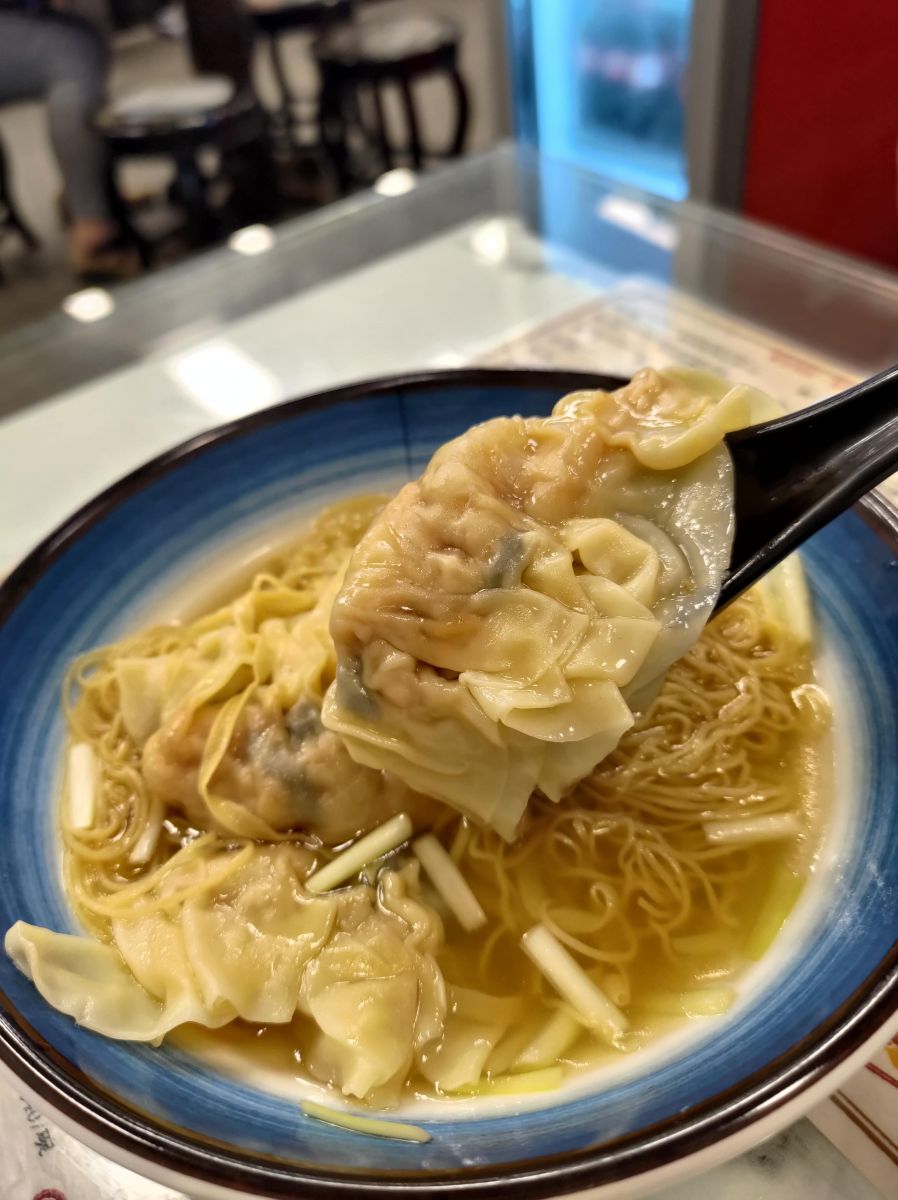
Read more: Good Hope Noodle (Mong Kok)
2. Mui Kee Congee 妹記生滾粥品
Established in 1979, Mui Kee is beloved by food enthusiasts for its congee. Cooked in brass pots with copper bottoms, the congee captures the unique "wok hei" flavor. A special blend of fish and pork bone stock creates a smooth and creamy texture, while the high heat ensures tender ingredients. The resulting congee carries a tempting smoky aroma, making it irresistible to many.

Read more: Mui Kee Congee
3. Fei Jie 肥姐
Fondly referred to as Fei Jie (肥姐), which translates to 'fat lady', this stall offers a variety of tantalizing options. Cuttlefish and soy-braised snacks are among the more familiar choices, but the heart of the menu lies in the unconventional yet delicious skewers of Turkey Kidneys (火雞腎) and Pig Offal (生腸). The idea might seem unusual, but with a drizzle of sweet sauce and mustard, these delicacies reveal their unique appeal, drawing lengthy queues on a daily basis.
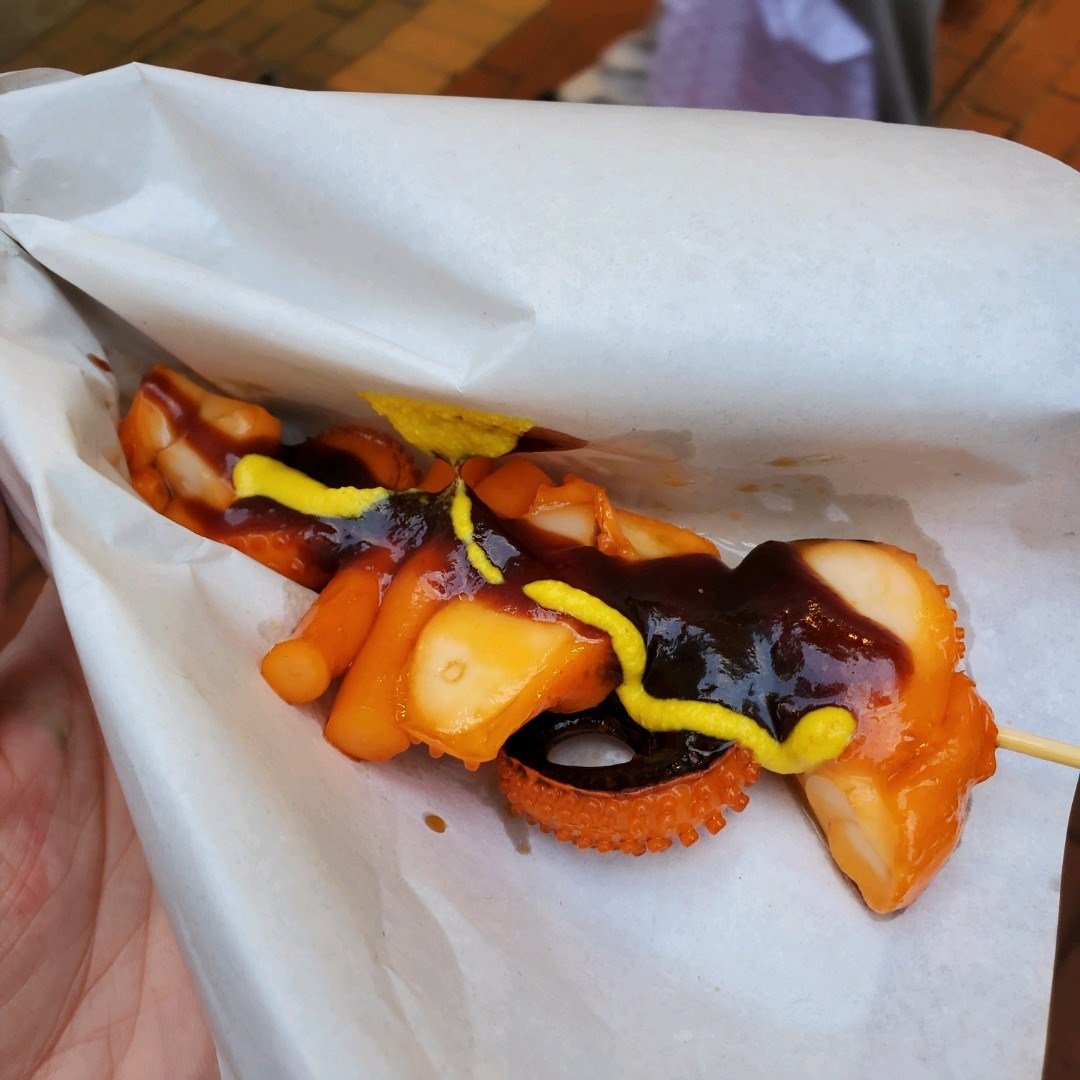
Read More: Fei Jie
4. The Prime Steak Restaurant 大興餐廳(第尾牛扒)
Initiated in the last century, the restaurant maintains an old-school charm despite its somewhat aged interior, adding a unique character. After all, as the saying goes, "Dining is about the atmosphere (吃氣氛)." Spending merely a hundred dollars here immerses you in Hong Kong's nostalgic past. The restaurant's flagship Rib Eye Steak Set is priced at $109 before adding the service charge, and its generous size almost fills the entire iron plate, delivering a rich and juicy culinary delight. Don't overlook the Borscht soup (Hongkongers also call it 'red soup 紅湯'), a staple yet varies significantly in preparation and ingredients across restaurants.
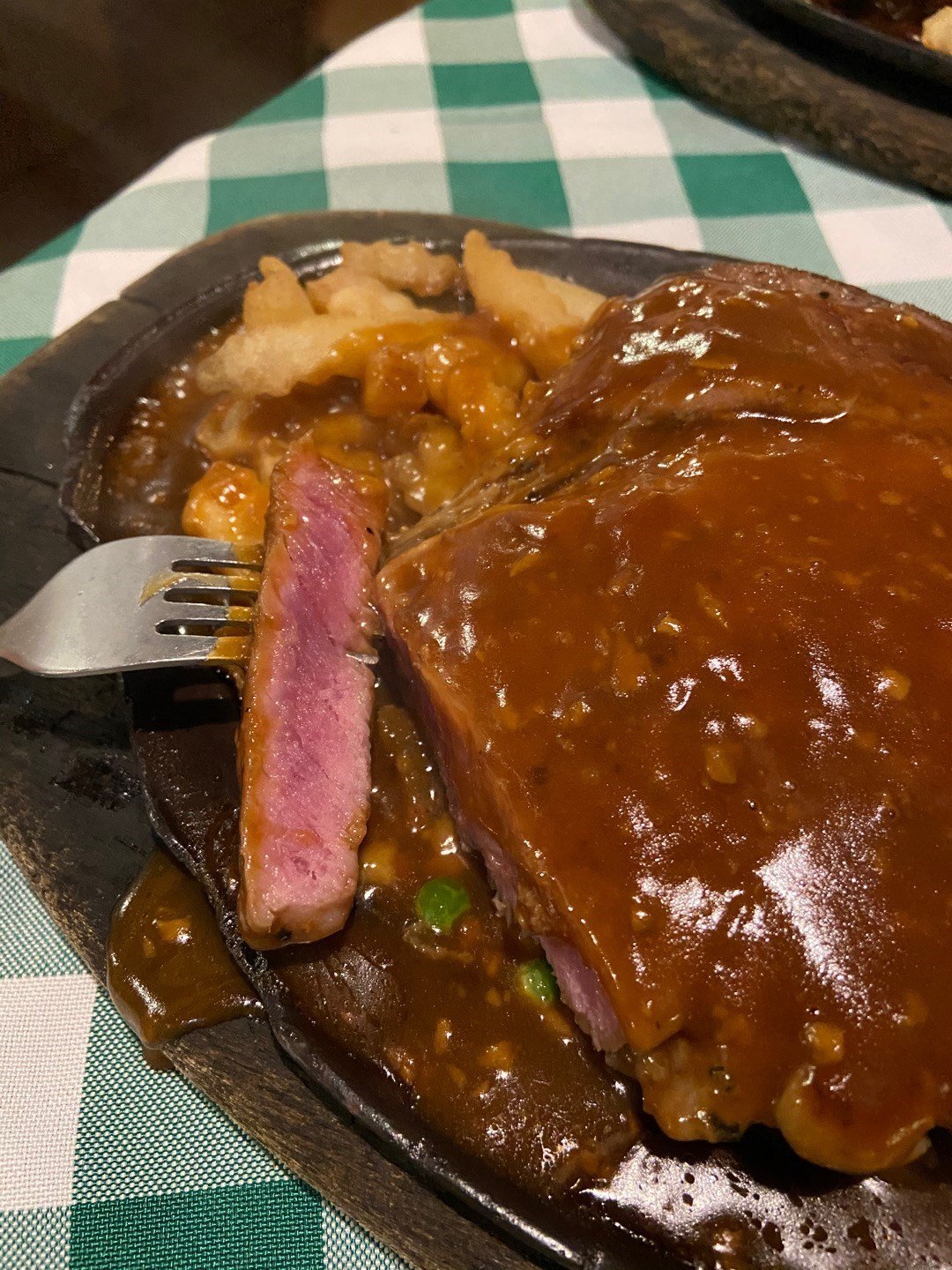
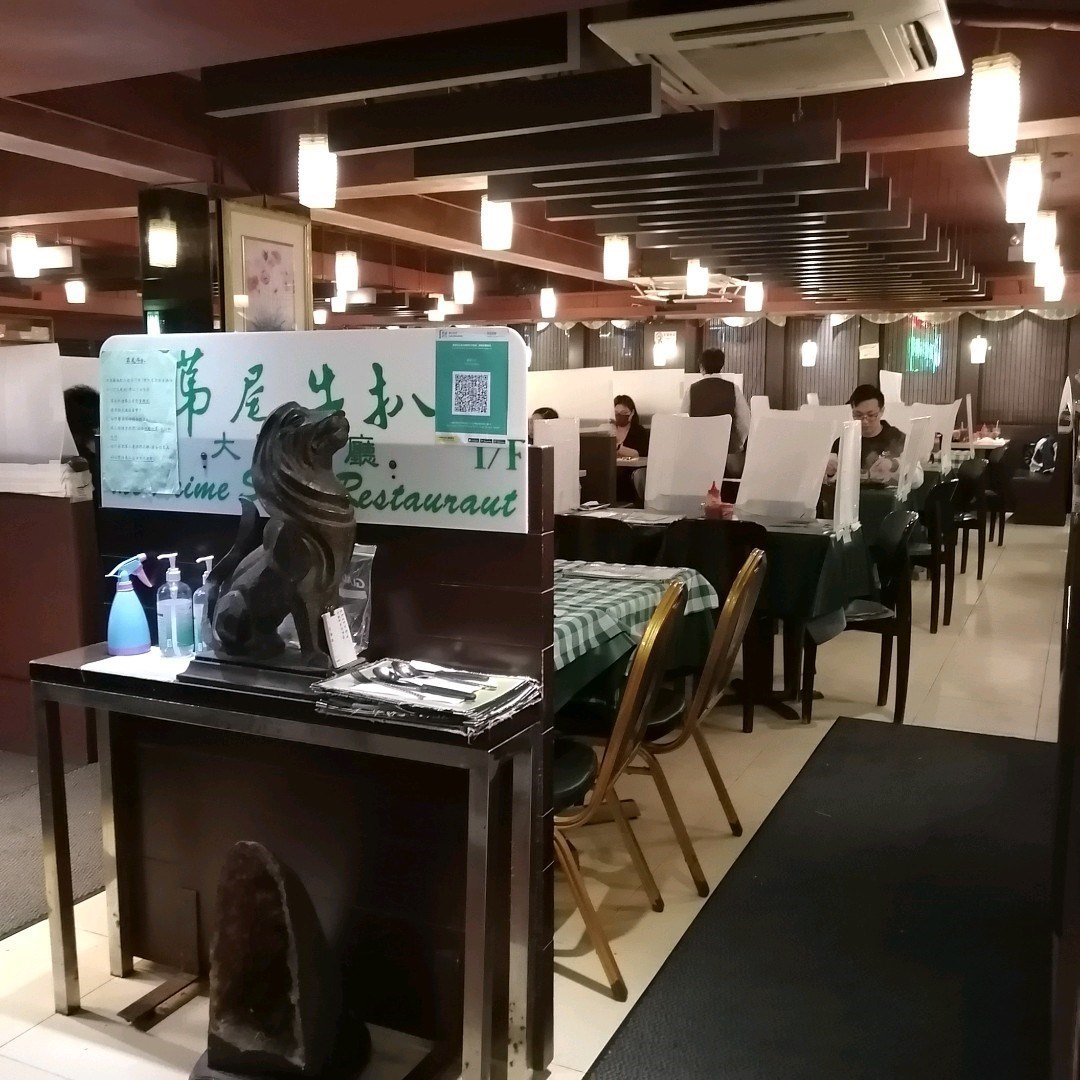
Read more : The Prime Steak Restaurant
5. Kam Wah Cafe 金華冰廳
A visit to a Cha Chaan Teng, a Hong Kong-style café, is an unforgettable experience filled with delightful flavors, especially when Tea, or "Cha," is involved. At Kam Wah Cafe (金華冰廳), tea sets come with delicious egg tarts and pineapple buns, a combination that has made this place an icon in Hong Kong's dining scene.
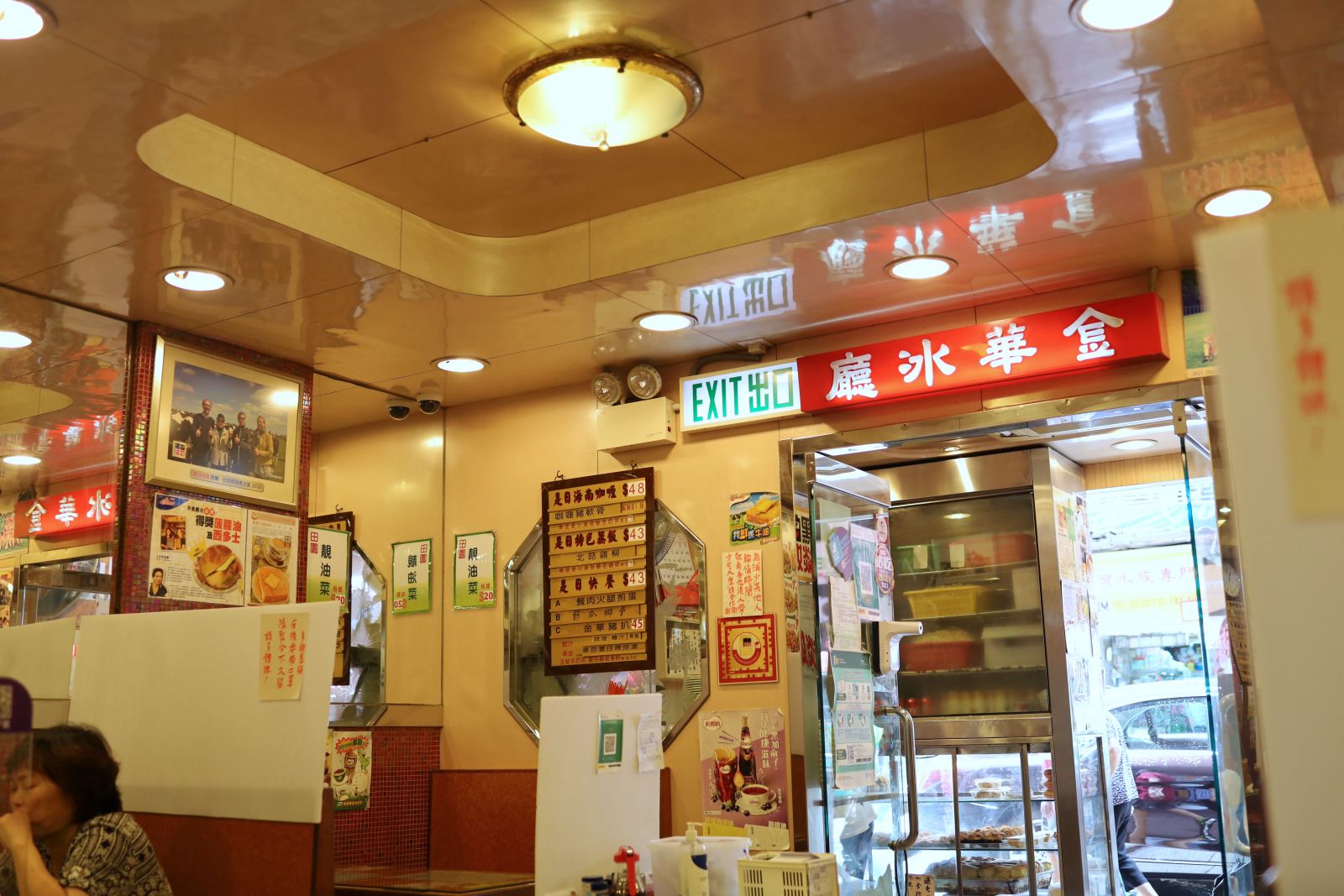
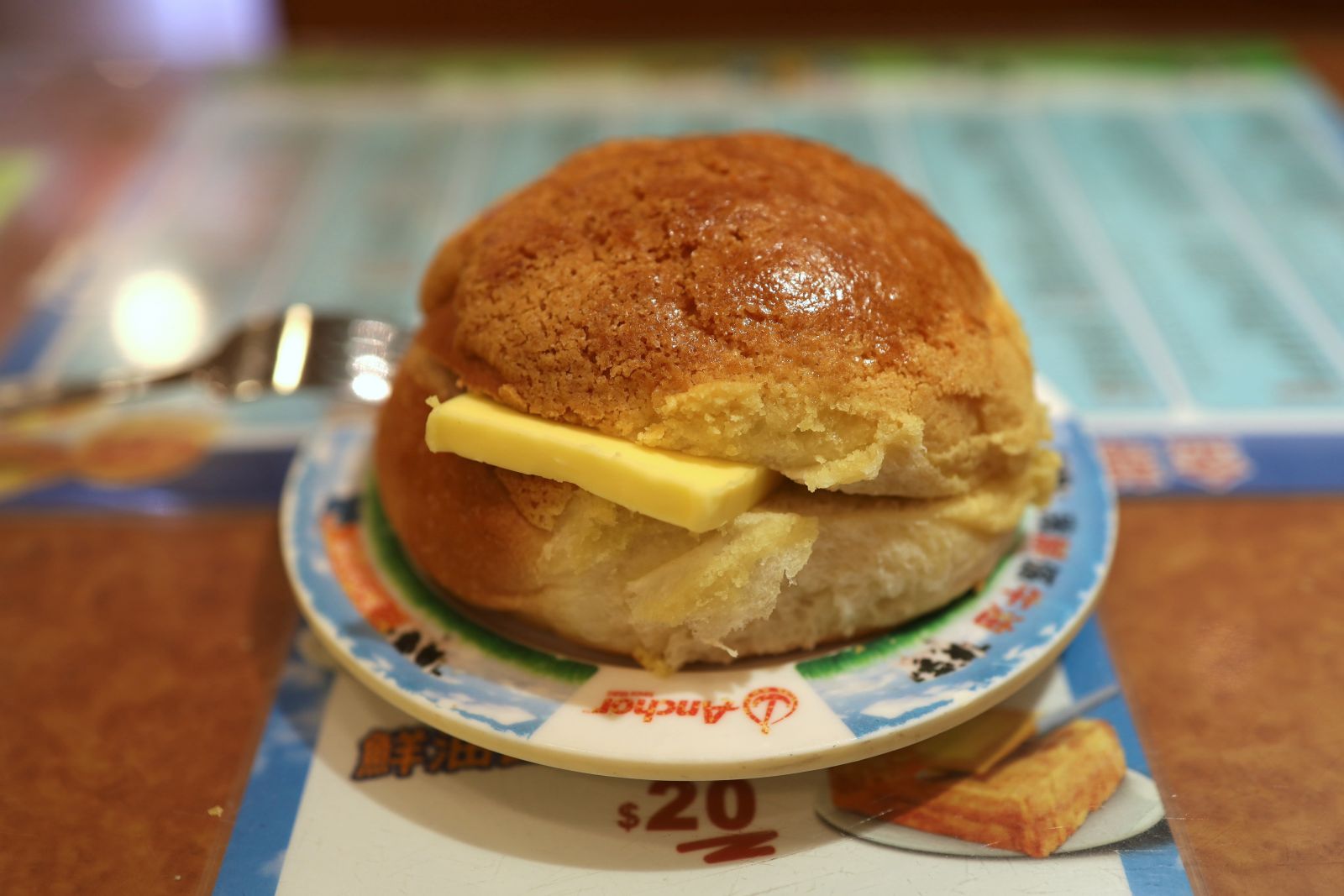
Read more: Kam Wah Cafe
6. Kee Tsui Cake Shop 奇趣餅家
Since opening in 1984, the bakery has been focusing on only traditional Chinese pastries such as wife cakes (老婆餅), Gai Jai Beng (雞仔餅) “chicken biscuits”, walnut cookies, and so on. Even though the business had been taken over by William Cheung, the second generation of the owner’s family, everything continues to stick to its old ways- traditional Chinese pastries made of only flour, sugar, lard, and oil, by hand.
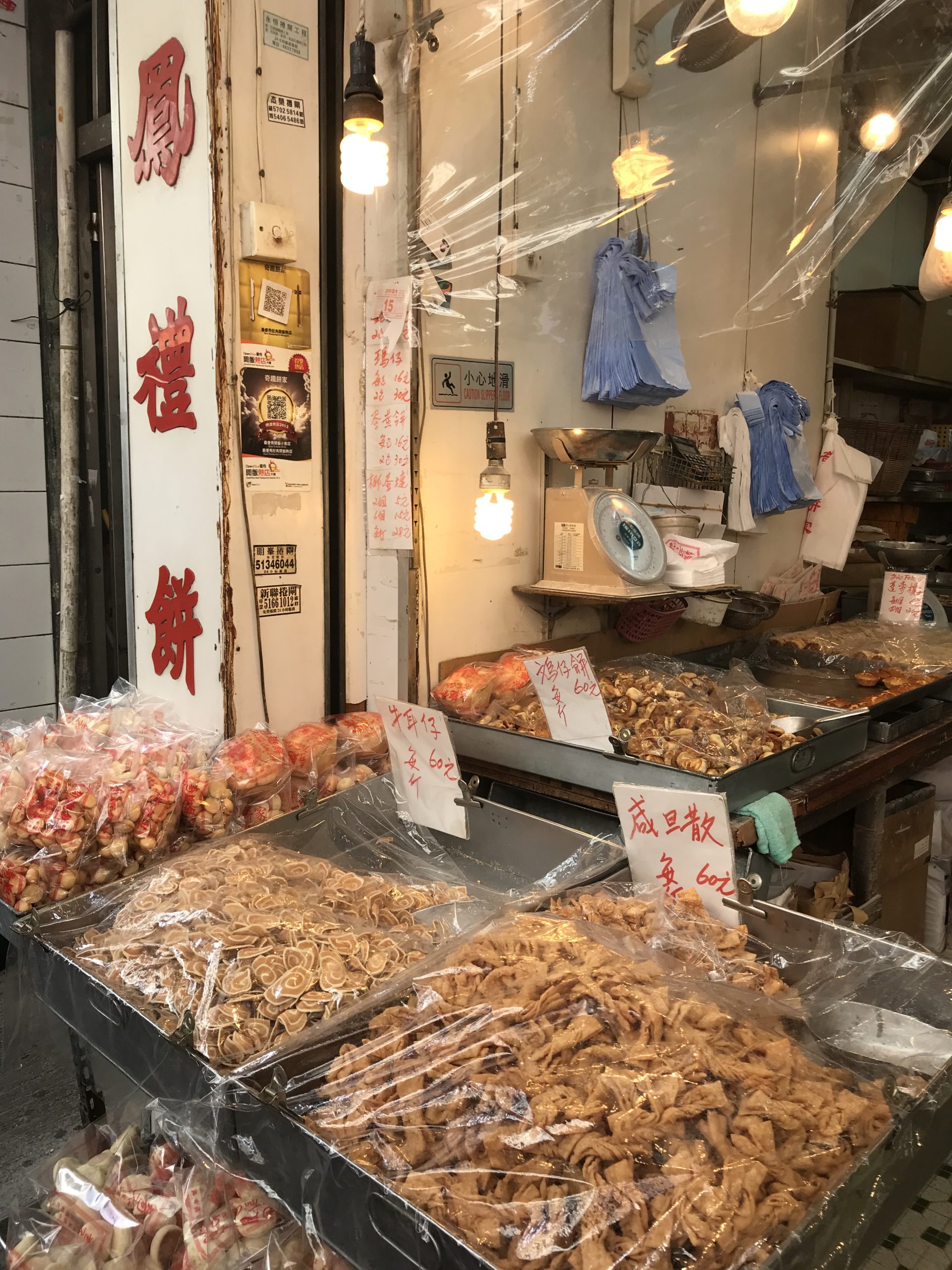
Read more:Kee Tsui Cake Shop
7. Mammy Pancake (Mong Kok) 媽咪雞蛋仔
Bubble-shaped waffle made from sweet, egg-rich batter cooked in a hot griddle with round cells. Everybody loves it. Everybody. This Hong Kong original has a special place in every Hong Konger’s heart not only because it is tasty and fun to eat, but because it reminds us of our childhood.
Mammy Pancake managed to revive the trend by opening small modern shops in different parts of the city that sell many flavours, from sweet to savoury. Chocolate Chips, Matcha, and Coffee are popular choices. Sweet Potato, Chestnut and seasonal specials such as fruit-flavoured ones are nevertheless delicious. I’d say the savoury ones like Pork Floss with Sesame, Salted Seaweed with Corn, and Double Cheese give exceptional sensation and enjoyment with more complex tastes. But, of course, if you ask a local, the ultimate pleasure comes with Salted Egg Yolk.
.jpg)
Read More: Mammy Pancake
8. Yan Wo Dou Bun Chong 人和荳品廠
Unlike most restaurants in Hong Kong that offer a wide range of food, Yan Wo Dou Bun Chong (人和荳品廠) only specializes in one product - soybean products. There are only 3 categories on the menu – Tofu, Soymilk & Soybean dessert, all freshly made in Hong Kong every day. Among the items served at Yan Wo, pan-fried Tofu stuffed with Fish Paste (煎釀豆腐) is the best-selling item. You can see how they are prepared from the display window. Coming straight from the sizzling pan, the juice is burning hot.
.jpg)
Read More: Yan Wo Dou Bun Chong
9. Capital Cafe 華星冰室
Capital Cafe, alternatively known as Chrisly Café (華星冰室), holds a prestigious spot among the famous cha chaan tengs of Hong Kong. A visit here is a must for lovers of canton pop, being opened by an individual from the entertainment scene. Another item on the menu, Principal’s Toast (校長多士) (cheese and truffle toast), was initially custom-made for Alan Tam, a leading artist in the 1980s.
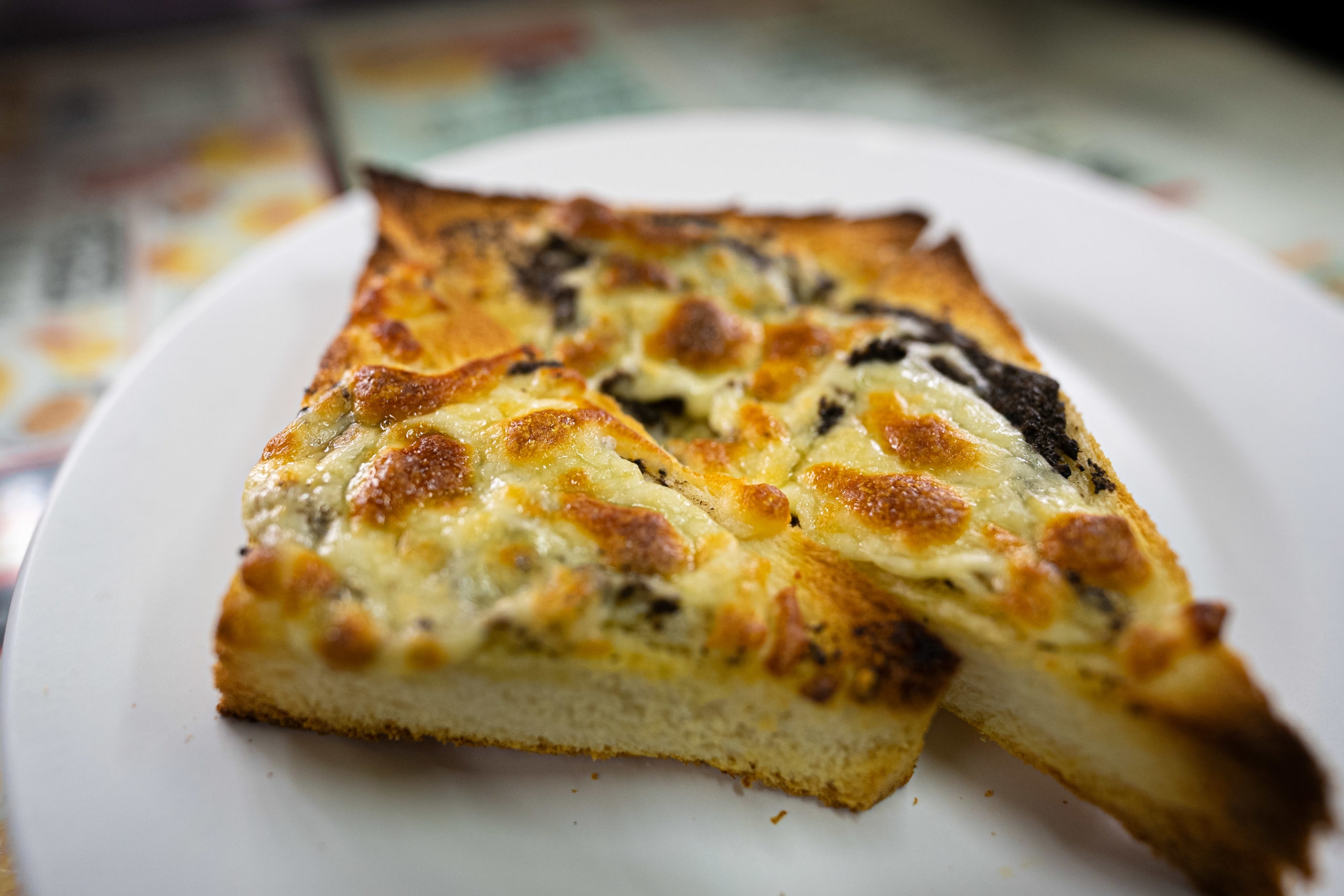
Read More: Capital Cafe
10. Fei Gung 肥公車仔麵
Fei Gung, tucked on Arran Street, is a renowned name for mouth-watering cart noodles in Hong Kong. Serving a crowd of locals and tourists alike, it offers a range of classic toppings cooked to perfection, all at an affordable price, starting from $25. With its light yet flavorful broth, customers find an impressive variety of toppings such as beef brisket, chicken wings, radish, pork blood curd, and pork intestine.
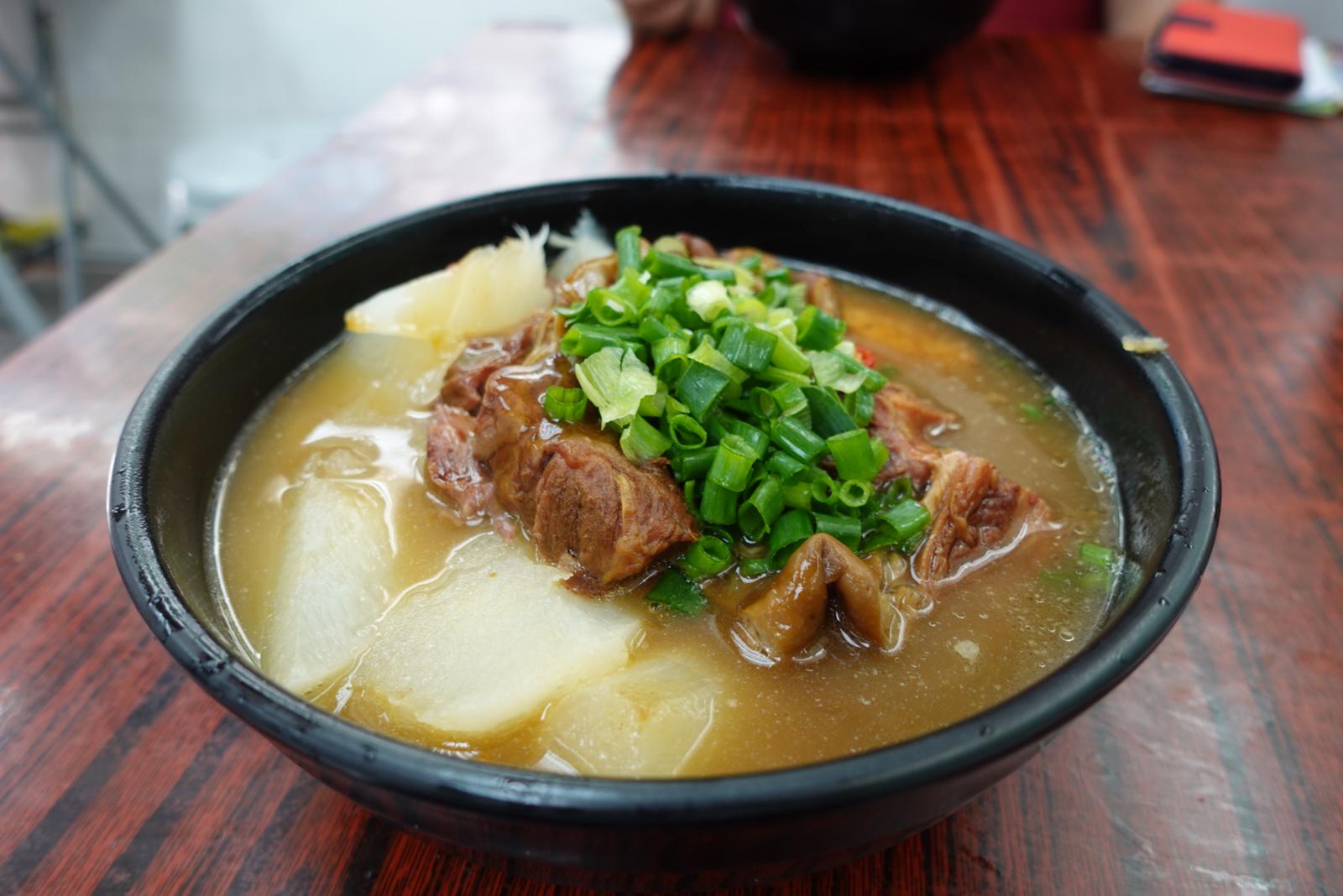
Read More: Fei Gung
11. Bak Bo Tong 百寶堂
Back in the day, herbal tea shops, including Bak Bo Tong, would lure in the youth and dating couples with jukeboxes or TVs. In the '60s and '70s, when medical facilities were not as widespread, Hongkongers leaned on herbal tea, revered for its healing properties, especially after indulgent meals to find balance. Bak Bo Tong stands out with its signature massive copper Wu Lou (銅葫蘆) and rows of black jelly in ceramic bowls.
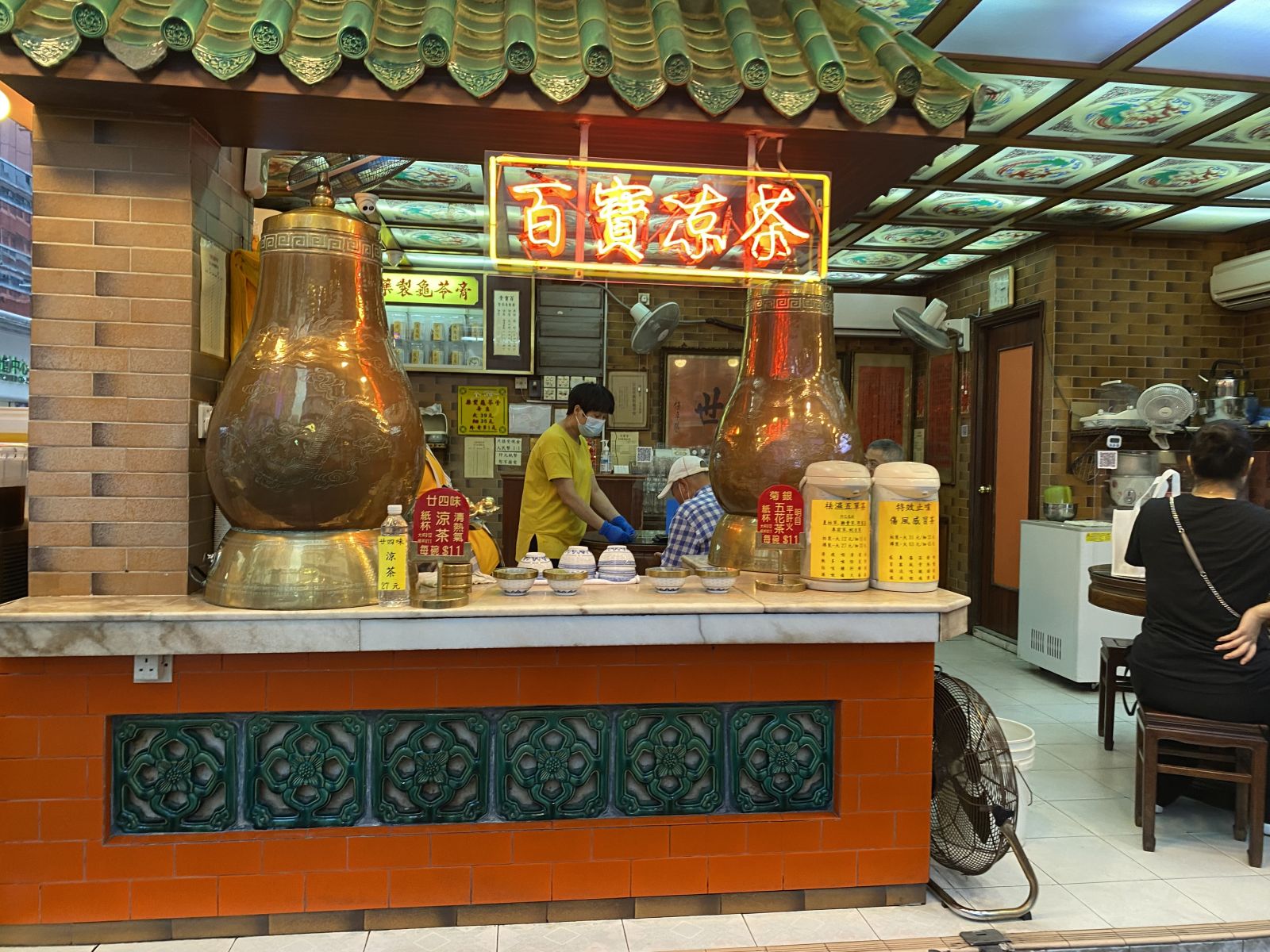
Read more: Bak Bo Tong
